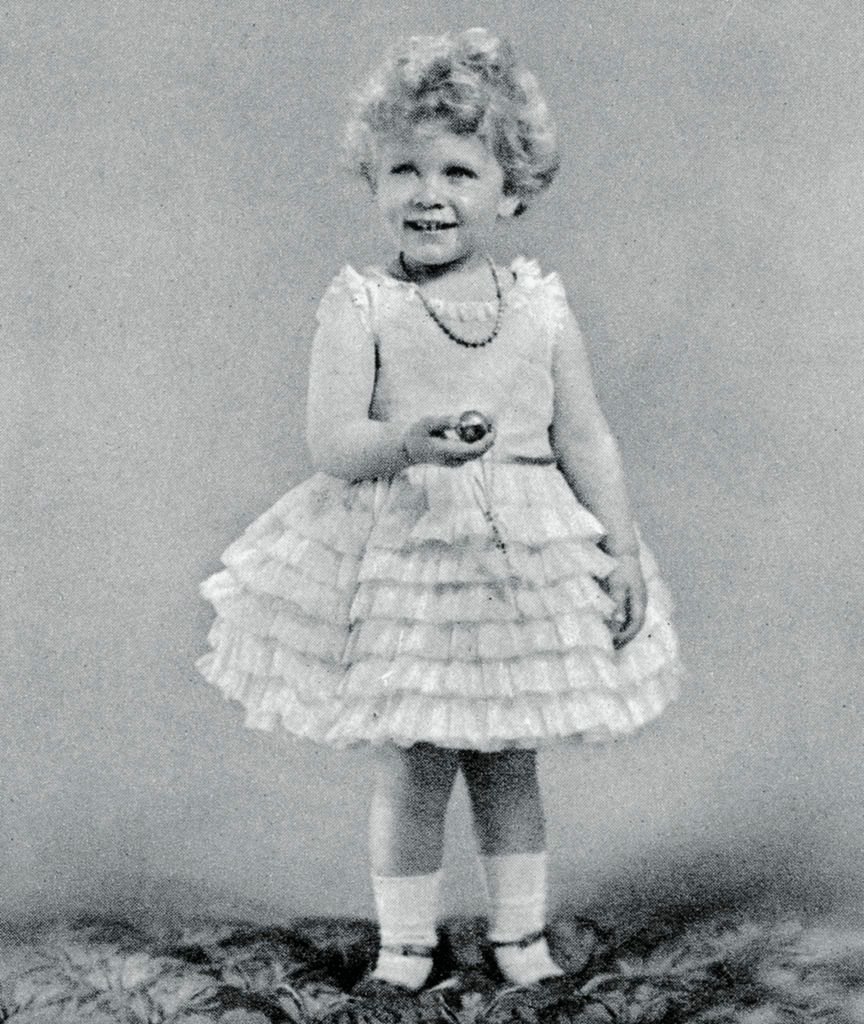Mandisa’s cause of death has finally been revealed and the information has left heartbroken fans in shock. They have expressed that they can’t “believe” what happened. The talented singer was just 47 years old when she sadly passed away.
News outlets have recently confirmed what caused “American Idol” star Mandisa’s death at 47 on April 18. According to reports obtained by People magazine, the Grammy Award winner died as a result of complications of class III obesity.

Mandisa performing at a celebration event, posted on April 22, 2024 | Source: Instagram/willowbrookwomen
Cleveland Clinic explains that class III obesity means an individual has a BMI (Body Mass Index) of either 35 or higher or 40 or higher. Thus, when this happens, obesity-related health conditions may ensue.
Mandisa performing at a celebration event, posted on April 22, 2024 | Source: Instagram/willowbrookwomen
With her obesity diagnosis now revealed, Mandisa’s death has been classified as natural. The medical examiner confirmed that her weight at the time of her demise was 488 pounds.
Fans of the dearly missed “You Keep Hope Alive” musical force have reacted with disbelief and shock to the cause of death news.
“I really refuse to believe this was the actual cause,” penned an Instagram user in the comment section of a post about the news. Similarly, another echoed, “I’ve never seen obesity documented as an actual cause of death.”

Mandisa performing at the 7th Annual K-LOVE Fan Awards in Nashville, Tennessee on June 2, 2019 | Source: Getty Images
On the other hand, other heartbroken fans expressed concern, conveying their sadness that Mandisa may have had no one looking out for her leading up to her demise. “No one was checking [on] her? At all 🙁 that breaks my heart,” wrote an observer.
Another expressed the same sentiment and added, “So very sad,” while someone else stated, “That’s really sad, I did not know she was that large.” Another Facebook user simply commented, “😫wow.”
Some people felt as though Mandisa’s cause of death should not have been revealed. “I don’t feel the public needed to know that. 🙏❤️ Mandisa,” said a fan while another shared, “I would rather the public not know I died like this! 😩.”

Mandisa at the 2nd Annual KLOVE Fan Awards in Nashville, Tennessee on June 1, 2014 | Source: Getty Images
Additional information that was disclosed concerning her death has further added to the shock and devastation felt by her fans around the world. Mandisa was found deceased in her home in Nashville by friends.
Adding salt to the wound, reports stipulate that she “was last known alive approximately three weeks” before the day she died. Mandisa’s death was first announced via a statement made on her official Facebook account.
The announcement on Facebook came with a touching tribute, including a video of Mandisa’s song “You Wouldn’t Cry,” which she wrote for a friend who passed away in 2017.
The post shared, “We can confirm that yesterday Mandisa was found in her home deceased. At this time we do not know the cause of death or any further details. We ask for your prayers for her family and close-knit circle of friends during this incredibly difficult time.”
“Mandisa was a voice of encouragement and truth to people facing life’s challenges all around the world. Her own words say it best: ‘I’m already home You’ve got to lay it down ’cause Jesus holds me now — And I am not alone,'” the post concluded.

Mandisa at an event in Nashville, Tennessee on June 2, 2019 | Source: Getty Images
The news spurred a wave of tributes on social media, where fans expressed their sorrow and shared their condolences. One user wrote, “Praying for her family, such a tragic loss. Such a beautiful woman and singer. Mandisa is completely healed now and with our Savior Jesus.”

Mandisa at an event in Atlanta, Georgia on August 15, 2019 | Source: Getty Images
Another added, “Such sad and shocking news. Amazing voice and personality and gone far too soon.” The outpouring of grief continued with more comments, including, “I am so very sorry for this loss and pray for her family and friends!! She was TRULY an inspiration and encouragement to so many!”
Someone else wrote, “Heartbreaking! She will be greatly missed! Praying for her family and friends!” Another fan recalled a personal memory, “I absolutely loved her! I got the privilege of seeing her in concert several years ago. My deepest condolences to her family.”
Mandisa’s career soared after her appearance on season five of “American Idol,” where she made a lasting impression by finishing in ninth place. During her time on the show, the songstress received acclaim from judges Simon Cowell, Paula Abdul, and Randy Jackson for her renditions of various songs.

Mandisa and Simon Cowell on Season 5 of “American Idol” in 2006. | Source: Getty Images
Her subsequent success in the gospel music industry was highlighted by her Grammy win in 2014 for her album “Overcomer,” a testament to her ability to inspire through her music and personal journey.
However, that same year she won her Grammy, tragedy struck when she lost her friend and backup singer, Kisha Mitchell, who passed away from breast cancer while she was pregnant.

Mandisa at the 45th Annual Dove Awards in Nashville, Tennessee on October 7, 2014 | Source: Getty Images
Naturally, this then led to Mandisa experiencing an extremely low point in her life. “When she passed away, it shook the foundations underneath me. I sank into a deep pit of depression,” the “Bleed The Same” singer previously confessed.

Mandisa performing on season 5 of “American Idol” as a Top 20 Finalist in 2006. | Source: Getty Images
She openly shared her mental health struggles over the years, including a candid 2017 interview where she discussed her contemplations of taking her own life, underscoring her vulnerability and strength.
“One of the things I started hearing during that dark period was: ‘You’re in so much pain. If you take your life, you could be in heaven right now with Jesus,'” revealed Mandisa of her struggle with depression.

Mandisa at the 5th Annual KLOVE Fan Awards in Nashville, Tennessee on May 28, 2017 | Source: Getty Images
Thankfully, the “Stronger” artist had managed to overcome her pain and suffering with the help of friends who insisted she go to counseling. She then decided to work on her mental health and, in turn, her physical health. “I’m making one healthy choice after another to, 1 lb. at a time,” she mentioned.

Mandisa at an event in Nashville, Tennessee on October 16, 2018 | Source: Getty Images
Although Mandisa tragically wasn’t able to see her health journey through, her legacy and impact remain everlasting. In the hours following her death, Christian radio station K-Love honored her memory, with Chief Media Officer David Pierce commenting, “Her kindness was epic, her smile electric, her voice massive, but it was no match for the size of her heart.

Mandisa at an awards event in Nashville, Tennessee on May 28, 2017 | Source: Getty Images
He solemnly added, “Mandisa struggled, and she was vulnerable enough to share that with us, which helped us talk about our own struggles. Mandisa’s struggles are over. She is with the God she sang about now. While we are saddened, Mandisa is home.”
As the community reflects on Mandisa’s life and legacy, her message of hope, resilience, and faith remains a profound influence. She used her platform to touch lives, not only with her music but also with her courage to face and discuss her personal battles.

Mandisa at an event in Nashville, Tennessee on June 1, 2014 | Source: Getty Images
Her passing is a significant loss to the music world and to all who were moved by her spirit and message. Rest in peace, beautiful Mandisa.


























































































